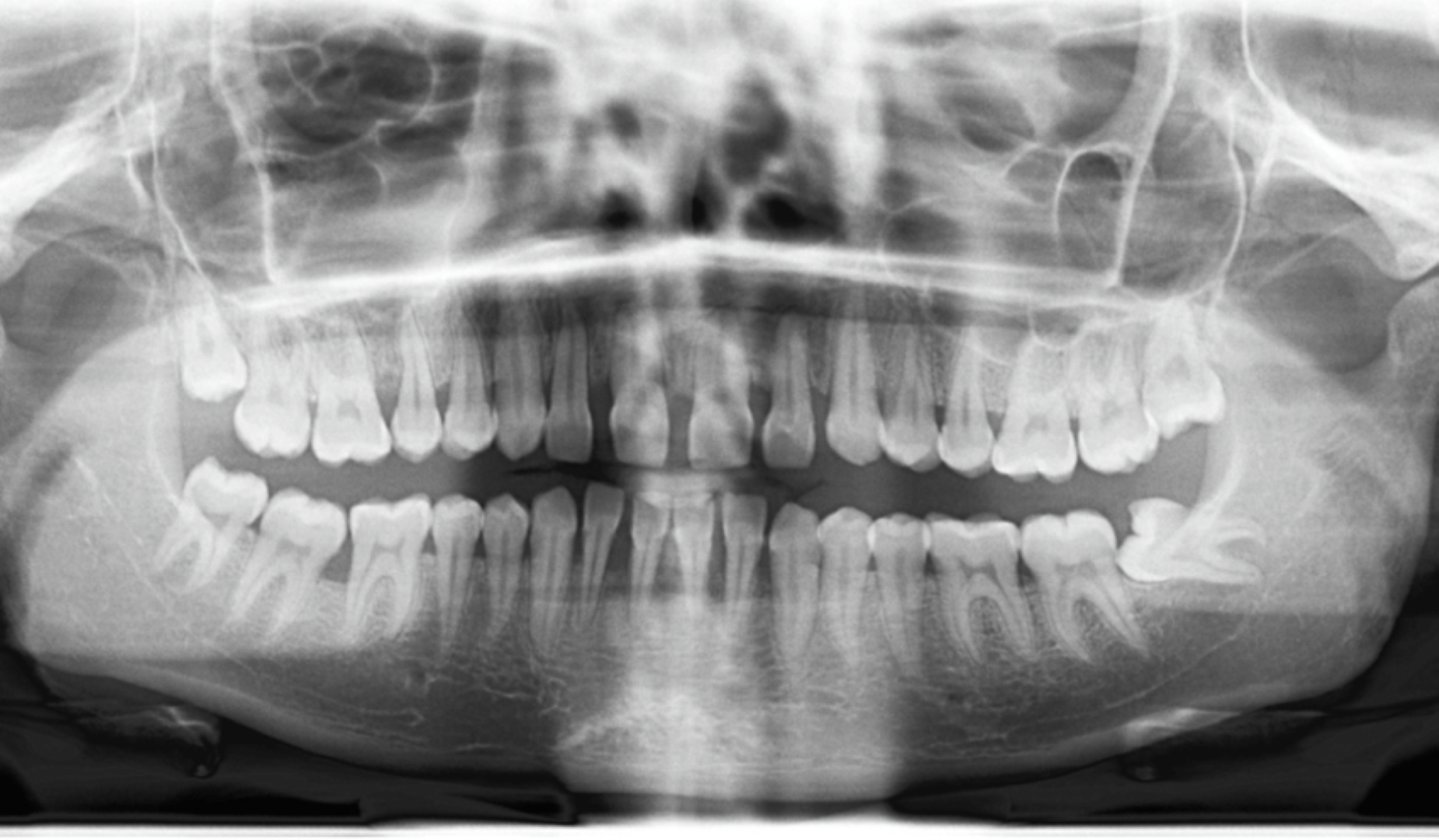+919790726189

This is your website preview.
Currently it only shows your basic business info. Start adding relevant business details such as description, images and products or services to gain your customers attention by using Boost 360 android app / iOS App / web portal.

Understanding Mal‑Positioned Wisdom Teeth: Causes, Risks & Care Wisdom teeth—also known as third molars—typically emerge between the late teens and mid-twenties. Unfortunately, many don’t have enough space to grow properly, resulting in mal‑positioned or impacted wisdom teeth, which can lead to a host of oral health issues if left unchecked. What Are Impacted Wisdom Teeth? An impacted wisdom tooth fails to erupt correctly due to a lack of space or being misaligned. This can mean the tooth remains completely trapped in the jawbone (fully impacted) or protrudes only partially through the gum (partially impacted). Some types of impaction are even visible, while others remain hidden beneath the surface. Types of Impaction Impacted wisdom teeth are often categorized by direction and position: Mesial (angled forward): The most common type, where the tooth leans toward the front, pressing against adjacent molars. Horizontal (sideways): A more severe form where the tooth lies on its side, potentially damaging neighboring teeth. Vertical (upright but trapped): The tooth is aligned properly but hasn’t erupted fully. Distal (angled backward): Relatively rare, with the tooth tipped away from the adjacent molars. There are also classifications based on how deep the tooth is buried: Soft tissue impaction: Part of the tooth remains under gum tissue. Partial or full bony impaction: The tooth is stuck partially or entirely within the jawbone. Why It Matters: Signs & Complications Though some impacted wisdom teeth remain asymptomatic for years, they can still cause issues: Pain, swelling, or tenderness may develop around the back of the jaw. Partial impactions can trap food and bacteria, causing gum inflammation, bad breath, or infection. Pressure from misaligned teeth can damage nearby molars, leading to decay or root issues. In rare cases, cysts or other growths can form around an unerupted tooth. Long-term retention may weaken the jawbone structure in the area. Diagnosis & Treatment Options If you’re experiencing discomfort or just getting a check-up, your dentist will examine the area and likely take X-rays to determine the tooth’s position, depth, and any complications. From there, a few management options are common: Watchful waiting: For asymptomatic and low-risk impactions, periodic monitoring may be sufficient. Surgical extraction: Recommended if the tooth causes pain, infection, or damage to neighboring teeth. Coronectomy: In select cases where a lower wisdom tooth is dangerously close to a nerve, only the crown is removed—leaving the roots intact—to reduce the risk of nerve injury. Healing & Aftercare If extraction is performed, recovery typically takes a few days to a couple of weeks. You can expect some swelling and mild discomfort. Careful post-op instructions—like avoiding straws, sticking to soft foods, and practicing gentle oral hygiene—help ensure a smooth healing process. Final Thoughts Mal‑positioned wisdom teeth are very common, and while not all need removal, many benefit from early assessment. Regular dental visits, prompt evaluation of symptoms, and informed decisions—guided by your dentist—can prevent complications and protect your long-term oral health. Dental Clinics in West Mambalam Dentists in West Mambalam Dentists in Ashok Nagar Best dentist near me Best Dental Clinics in West Mambalam Oral surgeon in West Mambalam Dental Implants in West Mambalam Oral surgeon in Ashok Nagar Painless tooth removal at West Mambalam Rootcanal treatment at West Mambalam

